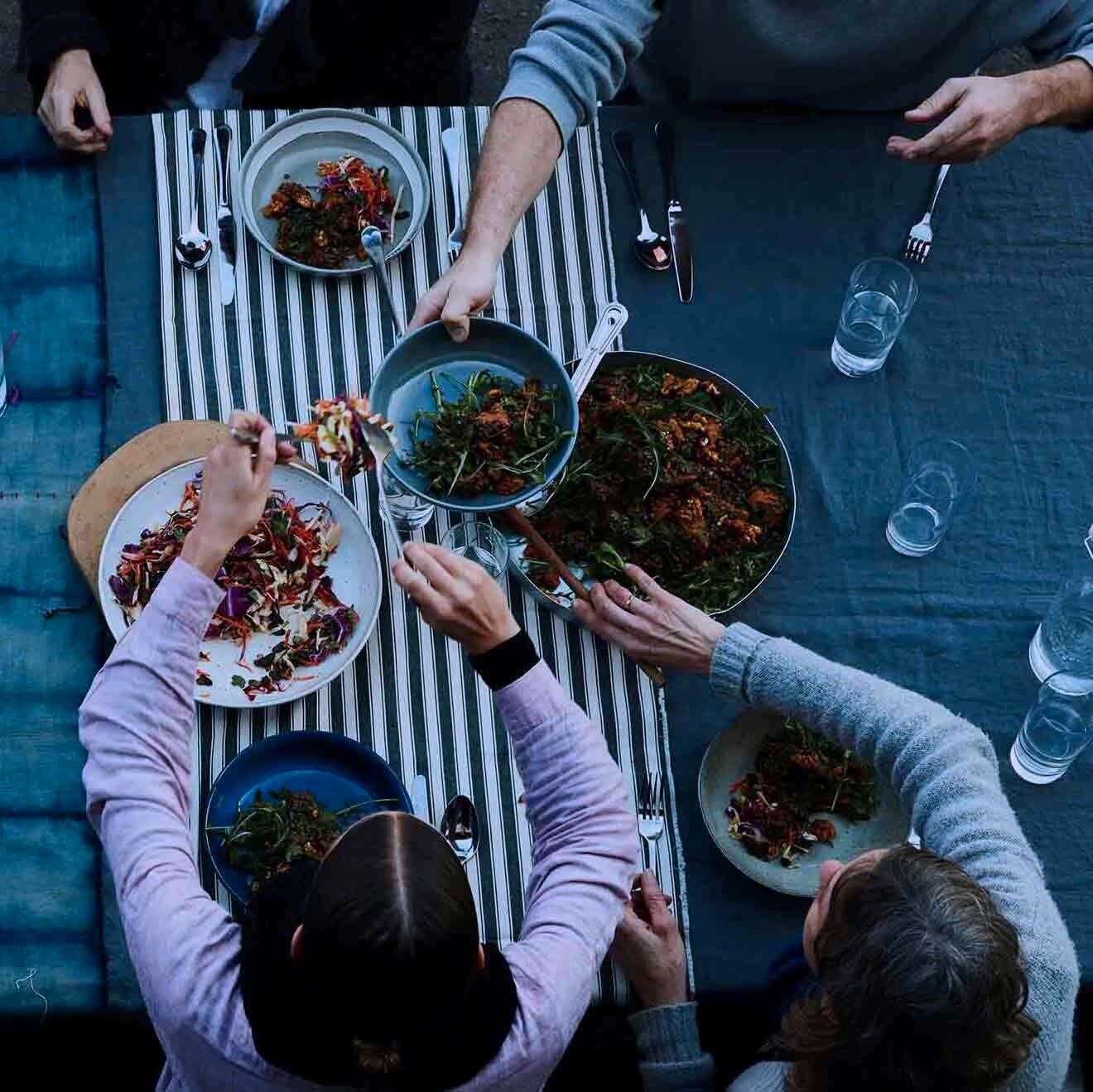Social Enterprise Legal Toolkit Case Study: Two Good Co
Two Good started as a road-side barbeque, which developed into an organic soup kitchen in Sydney's Kings Cross. Now, they are donating food to 36 shelters across greater Sydney. To finance their operation they sell corporate catering as well as soaps and lotions.
Their impact doesn't stop there. Two Good employs women from domestic violence shelters, equipping them with the skills they need to prepare meals from their Sydney kitchen. These meals are sold to the general public. The initiative helps these women rebuild their confidence levels, and provides them with a starting platform for securing long-term employment opportunities.
But there was a problem: this model put Two Good under some serious financial strain. They were losing money because they were hiring and training unskilled staff. They were also experiencing high turnover because they were seeking to train a new group every 4 months. The Founder, Rob Caslick, had to ask himself - "how do we use this to create value while continuing to create impact?"
The answer to his problem was this:
"Work out your strategy first, then figure out the structure."
Rob decided to redesign Two Good's strategy to create impact in a way that could scale. He realised that in order to pay his short-term employees well and to continue to invest in their training, he needed to employ them under a charity structure so they could accept donations, and also because of the tax benefits that can apply to employees.
This strategy was the driving force behind what came next: Two Good's hybrid structure.
Rob had originally set up a Proprietary Limited Company ('Two Good Co Pty Ltd'). Later, the Two Good Foundation Ltd (the charity) was officially created to operate alongside the Pty Ltd company. As such, their hybrid structure was born.
So – how does the hybrid structure work in practice?
A board (with Rob included) governs the charity. Meanwhile, Rob is the sole director and shareholder of the for-profit company. Two Good worked with legal firm Minter Ellison to develop a term sheet that covers day to day operational issues and ensures strict governance. The Term Sheet spells out the relationship between them and how decision-making processes are managed.
Each entity also has clearly divided functions: the charity is the production house, the sales go through the company, and the revenue from those sales is then distributed back to the charity.
Despite these differences, a single bookkeeper and general Operations Manager across the two entities now avoids any unwarranted administrative burdens.
"If maximising profit was the main goal, I would go to a regular catering company and write up a contract with them to do the production for us instead."
This hybrid structure no doubt has its issues. But with their social purpose and strategy so deeply embedded in their hybrid structure, Rob maintains his confidence in Two Good's overall governance structure.
What are the options for hybrids?
Two Good has been growing tremendously and faces a new issue: how to decide on the best strategy to sustain their rapid growth. There is a tension between creating value for impact and having the commercial structure needed to sustain it. After seeking advice from a professional services firm, Two Good narrowed their options down to three:
The charity could purchase the for-profit company to become one entity, however, this might not be received well by Two Good's generous community of supporters, whose donations would ultimately contribute to purchasing the business.
Entering into a licensing arrangement, where Two Good Co Pty Ltd grants the charity a licence to use the brand, in exchange for a payment; the charity will eventually be given the option to buy out the Pty Ltd company at the market rate in a few years' time. However, this assumes the foundation will have the capacity to buy the company and would create a consolidated entity that would attract tax implications and the same issue regarding a business purchase as 1. above.
Pursue a 'corporation' structure, where Two Good Co Pty Ltd grows organically and sustains itself purely on its customer contracts. This is the ideal direction for Two Good, where it no longer needs to rely on donations or government grants to scale. While Two Good continues to make impact, Rob would like to see the consolidated structure growing sustainably through its contracts in more profitable markets such as toiletries and apparel.
What's next for Two Good?
Two Good has been growing organically through focusing on its core catering business and expanding successfully into toiletries (which have a higher mark-up). Two Good has decided to stay with the current hybrid structure - with the sales going through the for-profit company and the production through the charity, and arrangements between the two governed by the term sheet.
Two Good will continue to be a leader in encouraging other social enterprises to take the leap and pursue a hybrid structure in a climate where there is no tailored legal structure for social enterprises creating value for our communities.
You can find out more about Two Good here.


